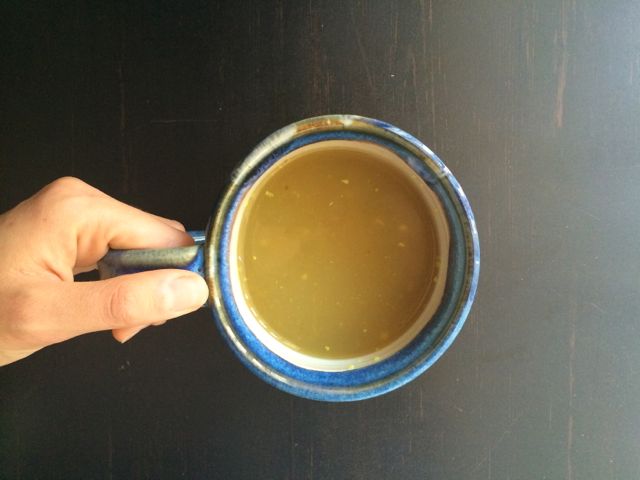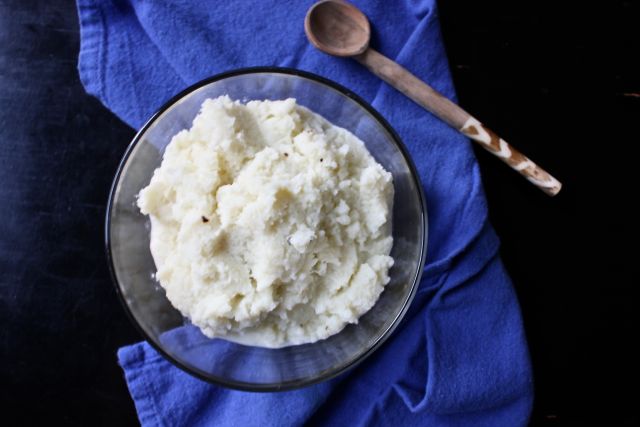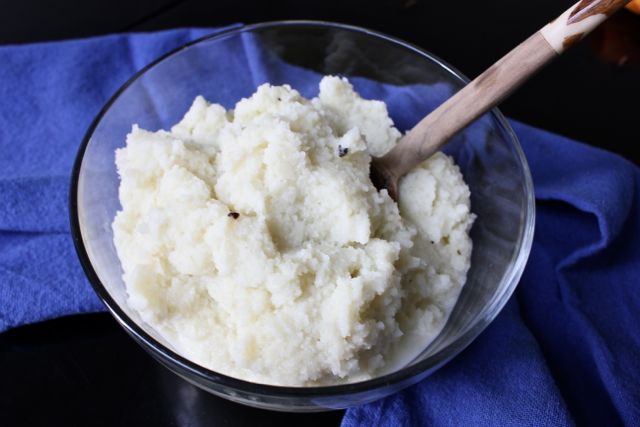There's something about sweet potatoes. Don't you love them? I do! Sweet potatoes are the healthy alternative to regular potatoes because they actually pack a punch of essential vitamins and minerals. They are anti-inflammatory and help balance blood sugar. The words 'yams' and 'sweet potatoes' are often interchangeable. They are actually two different vegetables, but are both great options.
Staying clear of all whites is always best (white breads, flours, sugars, etc.), but there is an exception... Japanese sweet potatoes. They are white-light yellow inside and have a purple skin. These are actually the most nutrient dense of all sweet potatoes. So enjoy your sweet potatoes/yams, especially the Japanese ones!
Spiced Sweet Potato Wedges
Ingredients
2 sweet potatoes, peeled and cut into wedges (I used yam & Japanese sweet potato)
2 Tablespoons melted coconut oil
1 teaspoon chili powder
1 teaspoon cinnamon
1 teaspoon turmeric
Pinch of cayenne
Sea salt and black pepper, to taste
Procedure
- Preheat oven to 425 F.
- Place sweet potato wedges in an oven safe dish.
- Combine coconut oil and spices in a small bowl and drizzle over potatoes. Mix to coat well.
- Bake for 25-30 minutes, until tender. Turn broiler on towards the end if you want them crispy.
- Serve with avocado superfood dip (recipe below).
Avocado Superfood Dip
Ingredients
1 ripe avocado
2 Tablespoons raw tahini
1 teaspoon spirulina (I use HealthForce brand)
1 teaspoon raw honey
Juice of 1/2 lemon
1/2 cup water, or to desired consistency
Procedure
- Place all ingredients in blender and blend until smooth. Garnish with fresh herbs and enjoy.
What's your favorite way to eat sweet potatoes? Share your creations and recipes below or on social media with #apurifiedlife







